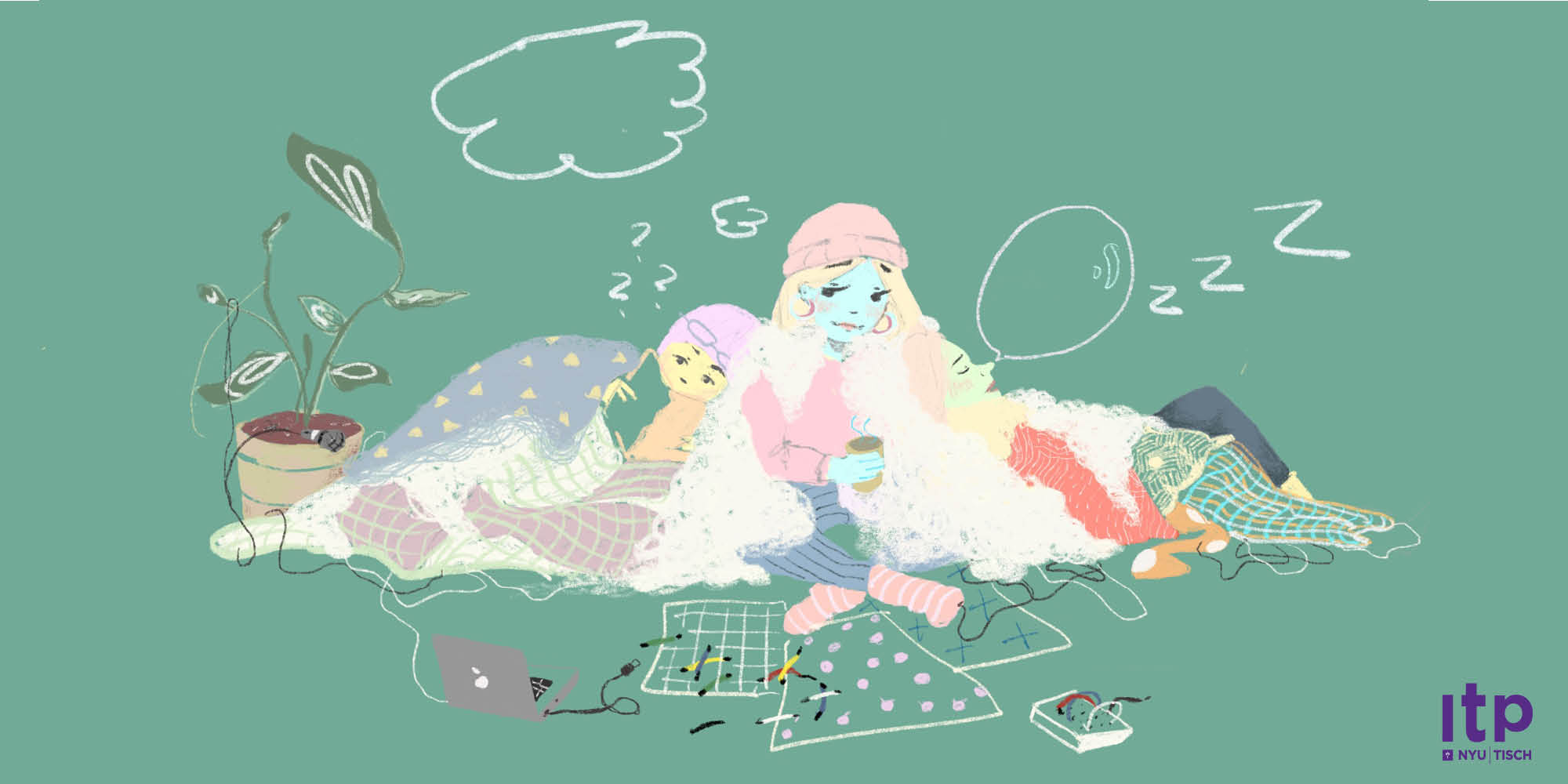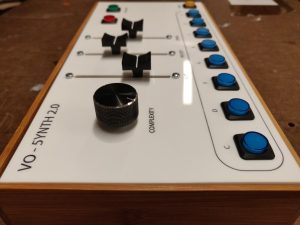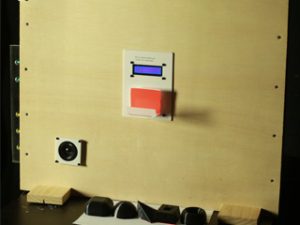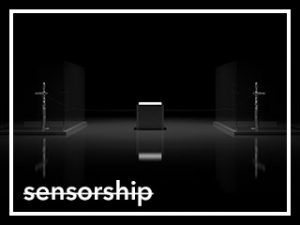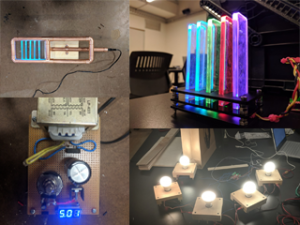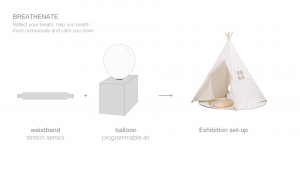Dingwen Kou, Ruyi Chen
Our oblivious sonic footprint can cause acoustic trauma or even death to underwater life.
https://wp.nyu.edu/rc3989/2018/12/05/whats-under/
Description
“We now know that the underwater world is anything but silent. In fact, today's researchers are concerned that underwater noise produced by humans is distracting, confusing – and even killing – aquatic animals.”
Based on prior and current researches, noise pollution caused by human activities in the ocean (underwater explosion, ship or boat sound, construction, etc.) can and does severely disrupt whales' behaviors such as their communication and their ability to find food, mates or avoid predators, thus threatening their lives or even directly causing death. Therefore, we decided to use the microphone as the primary input and interaction in this project to simulate how underwater acoustic trauma is produced by humans and how it is largely affecting marine species which would be whales in this case.
When the sound made by the user from the microphone input hits a certain level:
The background color will change from black to a bloody red as the choppiness of the ocean will be influenced by the volume of the noise. The whales will be disturbed heavily and thus lose their track of peaceful and orderly swimming orbit which too will be affected by the volume of the noise.
When the environment calms down again, fortunately yet ironically everything will go back to the serene environment that the piece starts with, while in reality, most of the time the trauma caused would take decades to ease and heal and the tragedies of death are irreversible.
Primarily, this project acts as an educational and warning piece to every single one of us even though you might think that you are not doing anything bad.
These ocean threats, however, are also human threats.
As Cousteau said, “For most of history, man has had to fight nature to survive; in this century he is beginning to realize that, in order to survive, he must protect it.”
Classes
Creative Computing
